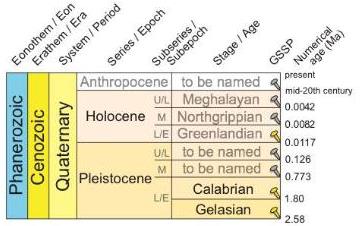[This Q&A in late 2017 was the last entry on this blog, at least for now. The blog ran from spring 2016. It tracked significant new books and papers on the Anthropocene that appeared just before and just after my book shown on the right, with excursions on to a few related topics. I’ll leave the blog up here for the foreseeable future, and perhaps even return to it some time…]
A few weeks ago I did a Q&A with the Marxist Education Project in New York, as part of their reading group on “Science, Politics, and Culture in the Anthropocene.” What follows is a very approximate and idealised summary of our conversation. My thanks to the participants for their questions, and especially to Fred Murphy and Steve Knight. Continue reading “Q&A with the Marxist Education Project”

